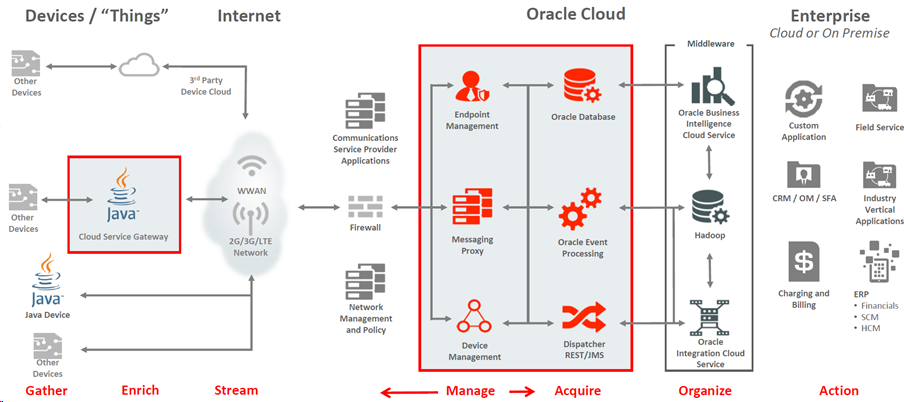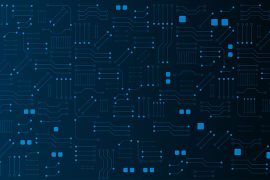Oracle released its newest cloud product, the Oracle Internet of Things (IoT) Cloud Service, a couple of days ago. We have shared our experience with the product at the DOAG 2015 conference (https://www.doag.org/formes/servlet/DocNavi?action=getFile&did=7522146&key=) where we have also shown a showcase demonstrating the capabilities of the IoT Cloud Service. With this article we are starting a series of posts showing some key aspects of the product.
First of all, a brief introduction: what is IoT and what does the Oracle IoT Cloud Service provide?
More than a year has passed since we have built our first IoT demo. The article https://thecattlecrew.wordpress.com/2014/06/18/opitz-consultings-own-iot-prototype-to-demonstrate-capabilities-part-1/ gives a good overview about what the Internet of Things is, how the architecture can be set up, etc. The retrospective at the end of our pilot project back then (https://thecattlecrew.wordpress.com/2014/06/18/iot-prototype-retrospective-what-did-we-learn-what-did-we-miss-part-5/) shows the key aspects for a successful adoption.
The high level view of the Oracle IoT Cloud Service is shown in the picture below.
Data from „things“ – devices somewhere around the world – is sent to the Oracle IoT Cloud Service. This can be a direct connection if the device supports it or an indirect one in which case the device communicates with a gateway (possibly even over a proprietary protocol) and the gateway forwards the data to the IoT Cloud Service.
All these devices and their connections are managed by the product. Metadata attributes like device category or location can be added to devices to help find devices quickly (for example to locate a faulty device).
Data sent to the cloud can be either forwarded directly to backend systems (which can be either in the cloud or on premise) or it can be analysed in the cloud and the result of the analysis can be forwarded to other systems – for example to a BI System for producing more detailed reports or to an ERP system to keep track of the assets.
Thus the concept of Oracle with the IoT Cloud Service capsules all the key aspects we have identified during the pilot project (see the aspects in the retrospective post above):
- Communication takes more than one way: with the help of gateways, any protocol can be made „cloud-compatible“ and all messages can be processed in the Oracle IoT Cloud.
- Thing data can be diverse: with the help of analysis capabilities in the product, a common view can be created from different data formats (even data from multiple devices with multiple data formats can be joined).
- Event Processing can help keep complexity to a minimum: event processing is a core concept in the product – starting from gateways capable of filtering/aggregating data locally to the powerful analysis capabilities of the Oracle IoT Cloud Service.
- Device Management is essential: device management is fully supported by the Oracle IoT Cloud Service, analysed data can be enriched by the product (for example adding device metadata like location data).
- Known concepts can be applied: the Oracle IoT Cloud Service is built on top of established standards and is made up internally of proven Oracle products.
In the following posts we are going to dive deeper into the product and cover the topics device management, analysis of data, forwarding data to enterprise systems as well as give some guidance about the interfaces of the Oracle IoT Cloud Service and the ways devices or enterprise systems can interact with them.





1 Kommentar
Pingback: Introducing the Oracle IoT Cloud – Part II: Device management | The Cattle Crew Blog